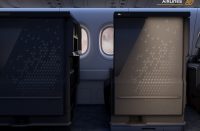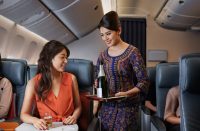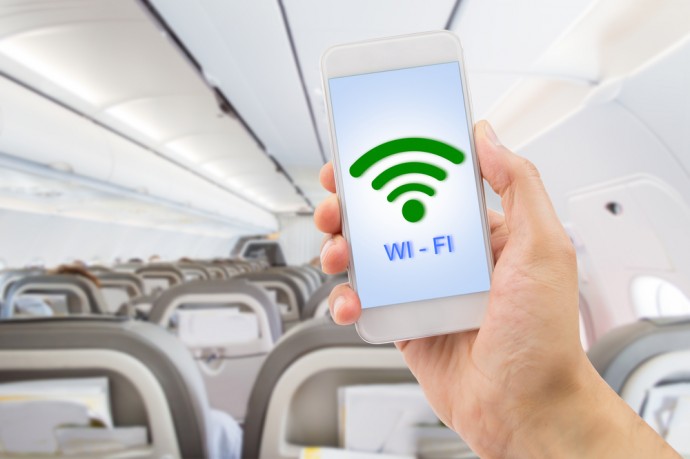
90% of passengers from Asia Pacific would like to access onboard connectivity with only 67% willing to pay for it, according to a new survey by Inmarsat and GfK. The In-Flight Connectivity Survey by Inmarsat was held between August last year and March 2016. Over 9,000 passengers in Asia, Australasia, Europe, and Central and South America who had taken a short, medium or long haul flight in the past year and carried at least one personal device onboard the aircraft.
Other interesting findings from the survey revealed that:
- 54% an 57% of Asia Pacific passengers choose in-flight broadband as a preferred service in short-haul and long-haul flights while
- 16 & 18% chose traditional in-flight entertainment as their preferred onboard service
- Business travelers are more likely to recognise the value of paying for high-speed onboard connectivity. 74% of business travellers are willing to pay more for faster in-flight broadband compared to 62% of leisure travellers
- 64% felt that in-flight broadband can deliver on all of their onboard needs
- There is an opportunity to increase ancillary revenue for airlines with majority of passengers will to pay for the service
- Customers value reliability of the inflight connectivity without drop out or getting cut off
- Customers want inflight connectivity to be available throughout the flight and speed of the connection is also important
- Asia Pacific passengers value quality over the price and a re prepared to pay more for a quality service
- 72% of Asia Pacific flyers would prefer not to use broadband that is not of high quality with 62% will to pay more for faster in-flight broadband
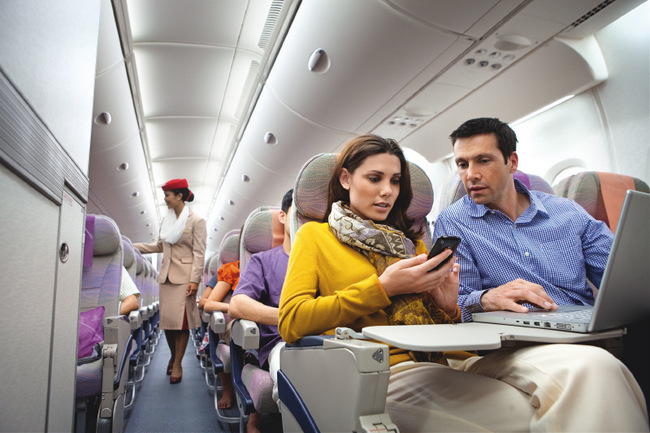
In the case of passengers from Singapore, there is still a perception of high cost for the service leading to a lower takeup rate. Inmarsat’s Global Xpress (GX) Aviation can provide more bandwidth, global coverage and lower costs than other options in the market today. Currently only 3% of aircraft operating in Asia Pacific today offer the service, according to Bill Peltola, Inmarsat Aviation’s Asia Pacific Regional Director.
Personally, I can live without connectivity for short haul flights of 8 hours or less, especially for leisure travel. However, it does get lonely sometimes when travelling alone and if the inflight entertainment on the airline you are flying on does not have any more shows you like to watch, then getting connected to chat with friends on the ground may sometimes be an option, regardless of the cost.
The GX network entered commercial service with three powerful Ka-band satellites in December last year. They provide the international bandwidth capacity needed to meet existing and near-term demand from airlines. It also serves as a global coverage underlay that will be built upon as part of the aviation broadband roadmap to meet future demand. Inmarsat has plans to launch its fourth GX satellite, produced by Boeing, later this year. Airbus Defence and Space will build two additional satellites (Inmarsat-6 F1 and F2) with a Ka-band payload to add depth to its global GX coverage. Delivery is expected by close of the decade.
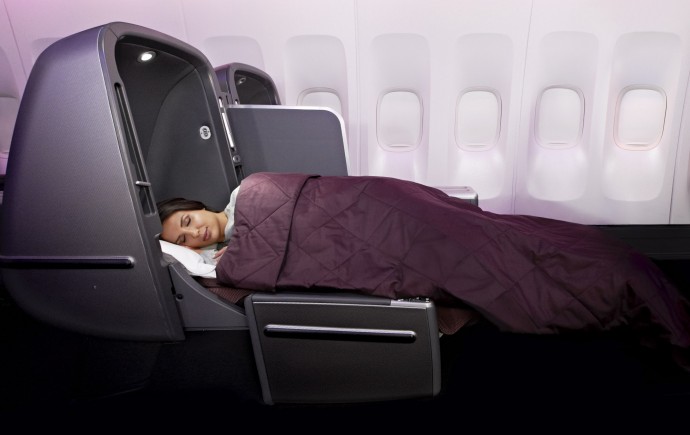
In a separate report released by Expedia, the Expedia Sky Conduct Report examines the preferences and habits of flyers on a country-by-country basis. Findings show that Singapore flyers value comfort, sleep and staying hydrated when flying. The top five activities include:
- Sleeping – 67.4%
- Watching movies or tv shows (57.8%)
- Listening to Music (37.9%)
- Eating or snacking (33.7%)
- Reading (27%)
Singapore travellers (63.2%) choose water as their favourite in-flight item compared to 7.1% that prefer alcohol when flying. 11.4% like Wi-Fi on long haul flights or extra leg room (52%) but avoid paying extra baggage fees (76%)


